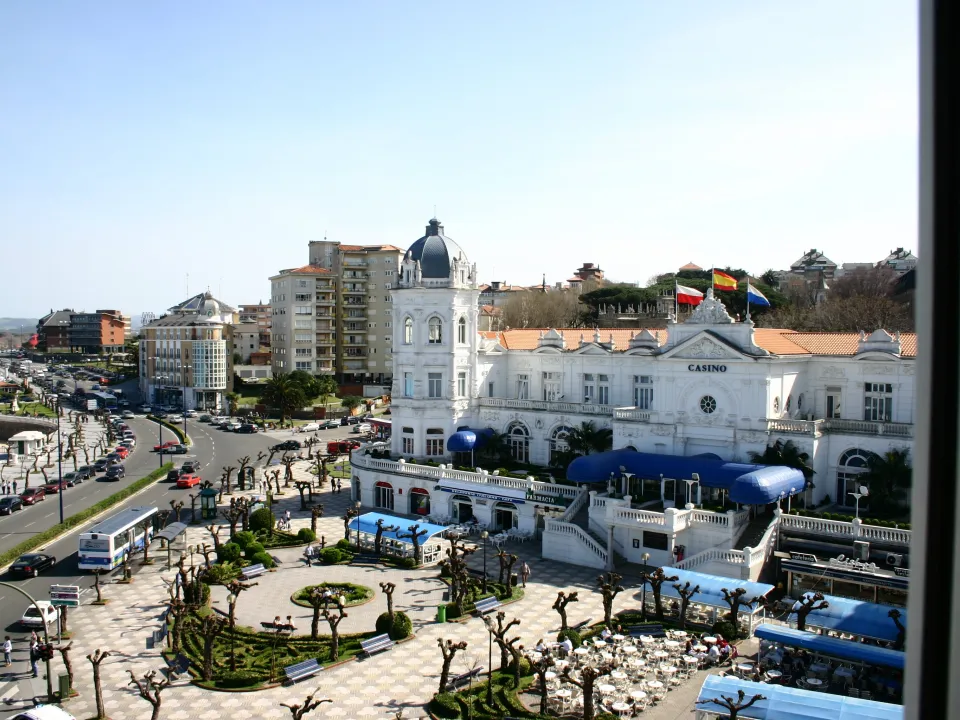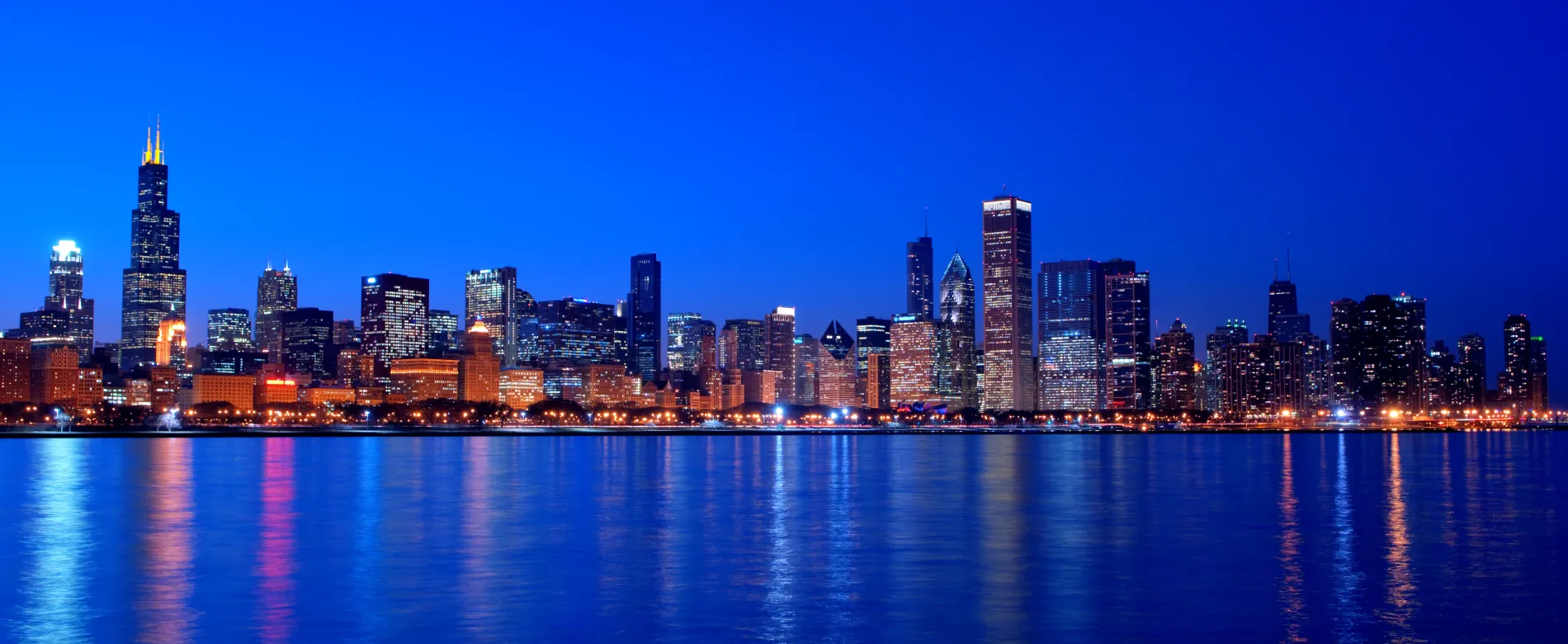Smart City & IOT: a successful concept to be followed worldwide
The smart city, a concept born in Silicon Valley, is today seen as a model to be followed. Many technologies are developing to make it more efficient. The experimental phases have proved positive and seem to illustrate the relevance of an ecosystem based mainly on connected services, communication and mobility.
SMS, social networks etc., we communicate constantly, one way or another. The smart city is doing the same and is pushing ever further the information and communication technologies (ICT) that societies already use, with first and foremost the Internet. It relies in particular on the information collected via connected objects and the many sensors spread around cities to give citizens a meaningful experience: open-data, real-time updates, GPS data, etc.
Case studies: The cities of Santander and Dijon

Connected services already facilitate mobility in many cities like Santander (Spain), or in France, in medium-sized cities such as Dijon or larger ones like Lyon.
The European project, Smart Santander, is the typical example of the smart city designed to simplify the lives of its inhabitants. The application "Pulso de la Ciudad" ("The pulse of the city") allows them to share all kind of information with the local city authorities. By reporting if the traffic is congested, if there is too much noise, or if parked cars block the entry to the hospital (to name a few examples), citizens become optimizers. They complement the 12,000 Internet of Things (IoT) sensors scattered around the city - in car parks, in public transport or on street furniture - already in place for the security of the city or for real-time traffic status. Finally, the connected service, Smart Santander AR (augmented reality), deployed at 2,700 points across the city, optimizes the mobility of the residents through its open data communication, by giving real-time access to traffic, beaches surveillance cameras, weather forecasts and availability of transportation services.
France shares the same vision and strategy with already 25 smart cities in the country. Dijon, the French city finalist of the 2018 World Smart City Awards, can already be qualified as a city of the future. First of all, it has implemented multimodality, which aims to facilitate the movement of residents through a unique method of payment for all transports. The city has also provided residents with applications for real-time communication with local authorities. Finally, a centralization of connected services linked to a single platform, Muse, has been implemented.
Not without challenges
As useful as a connected service such as multimodality can be, it does not guarantee a perfect experience. Using a single transport title does not prevent you from being stuck in a traffic jam. Lyon has launched Optimod'Lyon to mitigate this pitfall. The first in Europe to forecast traffic one hour in advance, the application measures urban traffic in real time and centralises data. The user receives on his phone an alert one hour before leaving, which specifies the most appropriate mode of transport. The data concern private cars as well as public transport or soft mobility such as cycling. As in most smart cities, Lyon has implemented an open data communication to build a public data service to encourage the participation and sharing of information by citizens (self-data), with the aim of improving the intelligence of the city, or the ability to provide information to respond to its changing needs as quickly as possible.
As early as 1964, Canadian intellectual Marshall McLuhan wrote that "as the number of channels of perception increases, so does the need for global data analysis”. Half a century later, key players in Smart City seem to have taken into account his analysis. Nowadays, connected services and optimized communication permit a better mobility.
Paragon ID is a leading provider of access control solutions to Smart Cities.
Source : Siecledigital.fr

